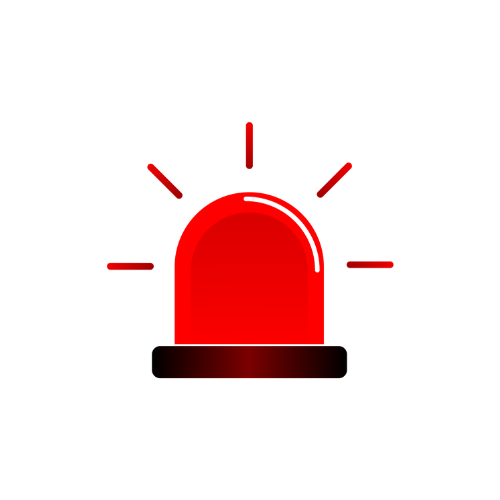Panic disorder is a type of anxiety disorder characterized by sudden and recurring panic attacks, intense episodes of fear that can include physical symptoms such as chest pain, heart palpitations, shortness of breath, dizziness, or abdominal distress. While experiencing panic attacks can be terrifying, effective treatments are available that can help individuals manage and reduce the frequency and severity of these episodes. This guide explores various treatment options for panic disorder, providing insights into how each approach can contribute to recovery.
1. Cognitive Behavioral Therapy (CBT)
Cognitive Behavioral Therapy is one of the most effective treatments for panic disorder. CBT focuses on identifying and challenging negative thought patterns and beliefs that contribute to anxiety. Through CBT, individuals learn to:
- Recognize the connection between their thoughts, feelings, and behaviors.
- Develop healthier ways of thinking and responding to stress.
- Gradually face and overcome their fears through exposure therapy.
2. Medications
Medications can be a useful part of panic disorder treatment, especially when combined with therapy. Personally, I prefer to use the natural way without drugs, but that’s a personal choice. Common medications prescribed for panic disorder include:
- Selective Serotonin Reuptake Inhibitors (SSRIs): These antidepressants, such as fluoxetine (Prozac) and sertraline (Zoloft), are often the first choice for treating panic disorder due to their safety and effectiveness.
- Serotonin-Norepinephrine Reuptake Inhibitors (SNRIs): Medications like venlafaxine (Effexor) can also be effective.
- Benzodiazepines: These anti-anxiety medications, such as alprazolam (Xanax) and clonazepam (Klonopin), are typically used for short-term relief due to the risk of dependence. Personally, I prefer to use the natural way without drugs, but that’s a personal choice.
3. Lifestyle Changes
Adopting healthy lifestyle habits can significantly reduce the symptoms of panic disorder. Key changes include:
- Regular Exercise: Physical activity releases endorphins and can improve overall mental health.
- Healthy Diet: Eating a balanced diet can stabilize blood sugar levels and reduce anxiety.
- Adequate Sleep: Quality sleep is crucial for mental health, so aim for 7-9 hours per night.
- Limiting Caffeine and Alcohol: Both substances can trigger panic attacks and exacerbate anxiety symptoms.
4. Mindfulness and Relaxation Techniques
Incorporating mindfulness and relaxation techniques into daily life can help manage panic disorder. Practices such as:
- Mindfulness Meditation: Focusing on the present moment can reduce anxiety and improve emotional regulation.
- Deep Breathing Exercises: Techniques like diaphragmatic breathing can calm the nervous system.
- Progressive Muscle Relaxation: Systematically tensing and relaxing different muscle groups can alleviate physical tension associated with anxiety.
5. Support Groups
Connecting with others who are experiencing similar challenges can provide emotional support and reduce feelings of isolation. Support groups, whether in-person or online, offer a safe space to share experiences, learn from others, and gain encouragement.
6. Education and Self-Help
Learning about panic disorder and understanding the nature of panic attacks can empower individuals to manage their symptoms. Self-help resources such as books, websites, and apps can offer valuable tools and techniques for coping with panic disorder.
7. Alternative Therapies
Some individuals find relief through alternative therapies, including:
- Acupuncture: This traditional Chinese medicine technique may help reduce anxiety symptoms.
- Herbal Supplements: Herbs like valerian root, passionflower, and kava can have calming effects, though it’s important to consult a healthcare provider before using them.
- Aromatherapy: Essential oils such as lavender and chamomile can promote relaxation and reduce anxiety.
8. Professional Support
Working with a mental health professional, such as a psychologist or psychiatrist, can provide personalized treatment and ongoing support. They can help tailor a treatment plan that meets individual needs and adjust it as necessary.
Conclusion
Treating panic disorder involves a multifaceted approach that combines therapy, medication, lifestyle changes, and self-help strategies. With the right treatment plan, individuals can significantly reduce the frequency and severity of panic attacks and regain control over their lives. It’s essential to consult with healthcare professionals to develop a personalized treatment plan that addresses specific needs and preferences. Remember, seeking help is a sign of strength, and recovery is possible with the right support and resources.

